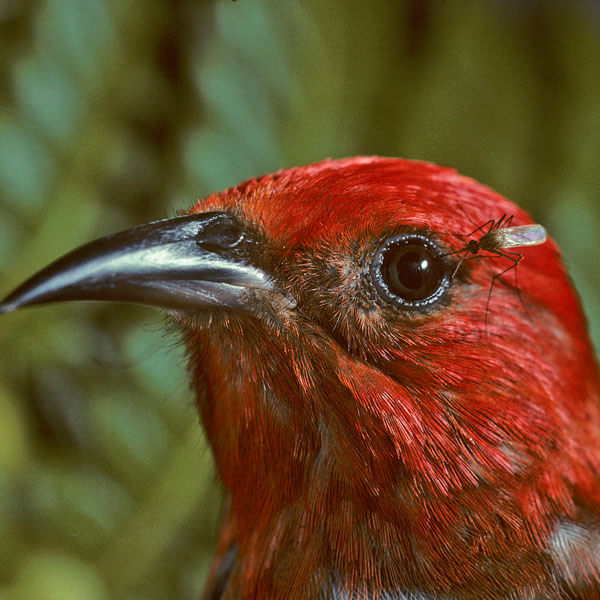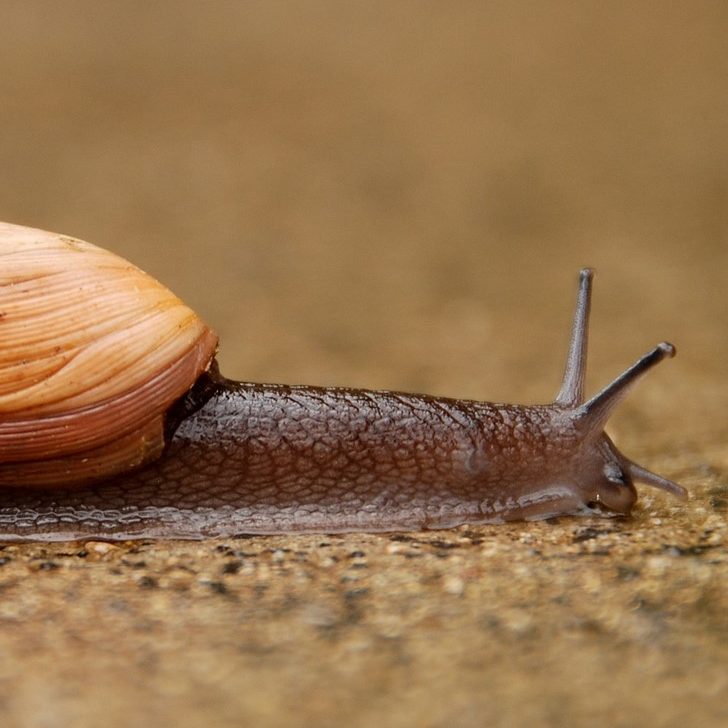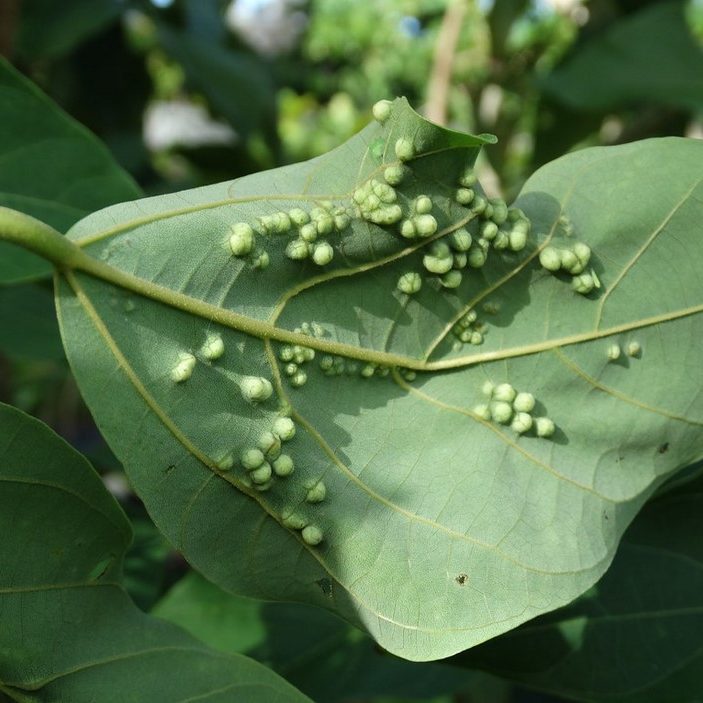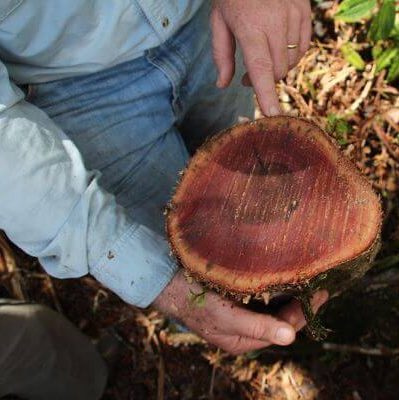Invertebrate & Disease Threats

Mosquitoes
Introduced mosquitoes breed in water filled pig wallows and carry diseases to our native birds like Avian Malaria and Avian Pox. These two diseases are responsible for the largest decline of the 140 species of native birds originally sustained in Hawaii. Today 140 native bird species have been reduced to about 70 where 30 are endangered. As climate change causes temperatures to increase on the mountain the mosquito line moves up invading our last diseases free areas. Visit Birds, Not Mosquitos to learn more about what is being done to save native forest birds from extinction.
Cannibal Snail
The native snail fauna of the Hawaiian Islands is rapidly disappearing. The greatest threat to terrestrial snails in Hawaii has been the exotic rosy wolfsnail. The rosy wolfsnail has a much higher reproductive rate than Hawaii’s endemic land snails and although it seems to have a preference for endemic snails, it is certainly not a food specialist. It will not hesitate to consume other wolfsnails, thus the nickname ‘cannibal snail’.


Ants, Wasps, Termites, Bees
Populations of native insects, including pollinators and food for our native birds, get out competed by the population explosion of these invasive species.
Ever heard of the erythrina gall wasp? It was first found on the island of Oahu in April 2005. At lightning speed within six months, the wasp had spread to all the major Hawaiian Islands, severely affecting various species of Erythrina, including the native Wiliwili, a keystone in Hawaii’s lowland dry forest. Wasp larva develops within plant tissue creating the formation of galls in leaflets and petioles. Heavily galled leaves and stems result in a loss of growth, vigor, become defoliated and can die.
Rapid ʻŌhiʻa Death
Rapid ʻŌhiʻa Death (or ROD) is a newly established and quickly spreading fungal disease that has potential to devastate the native forests of East Maui. Find out lots more by clicking this link to frequently asked questi ns about ROD.







